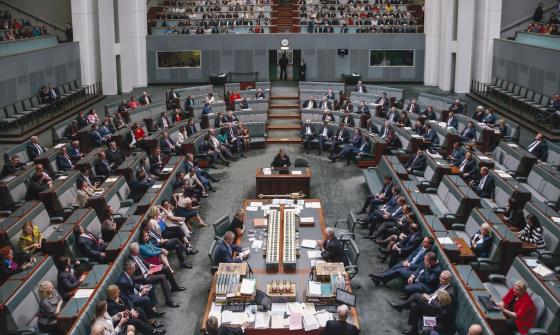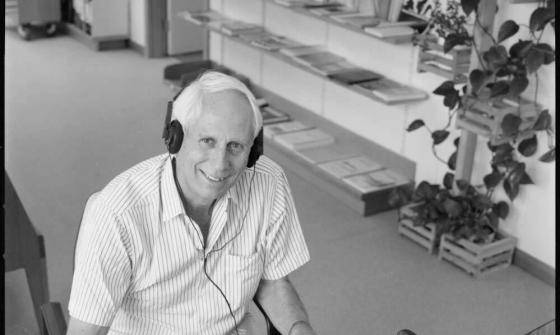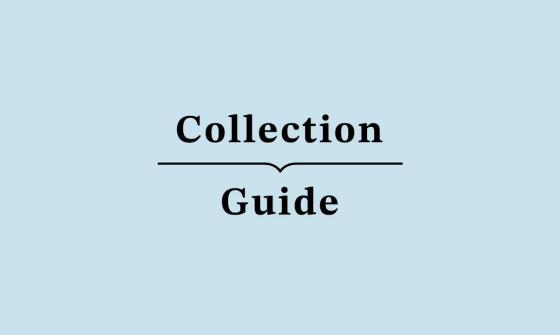Insights into Australian diplomatic history
Join us in discovering a selection of items from the Library’s collection which speak to the fascinating history of Australian diplomacy.
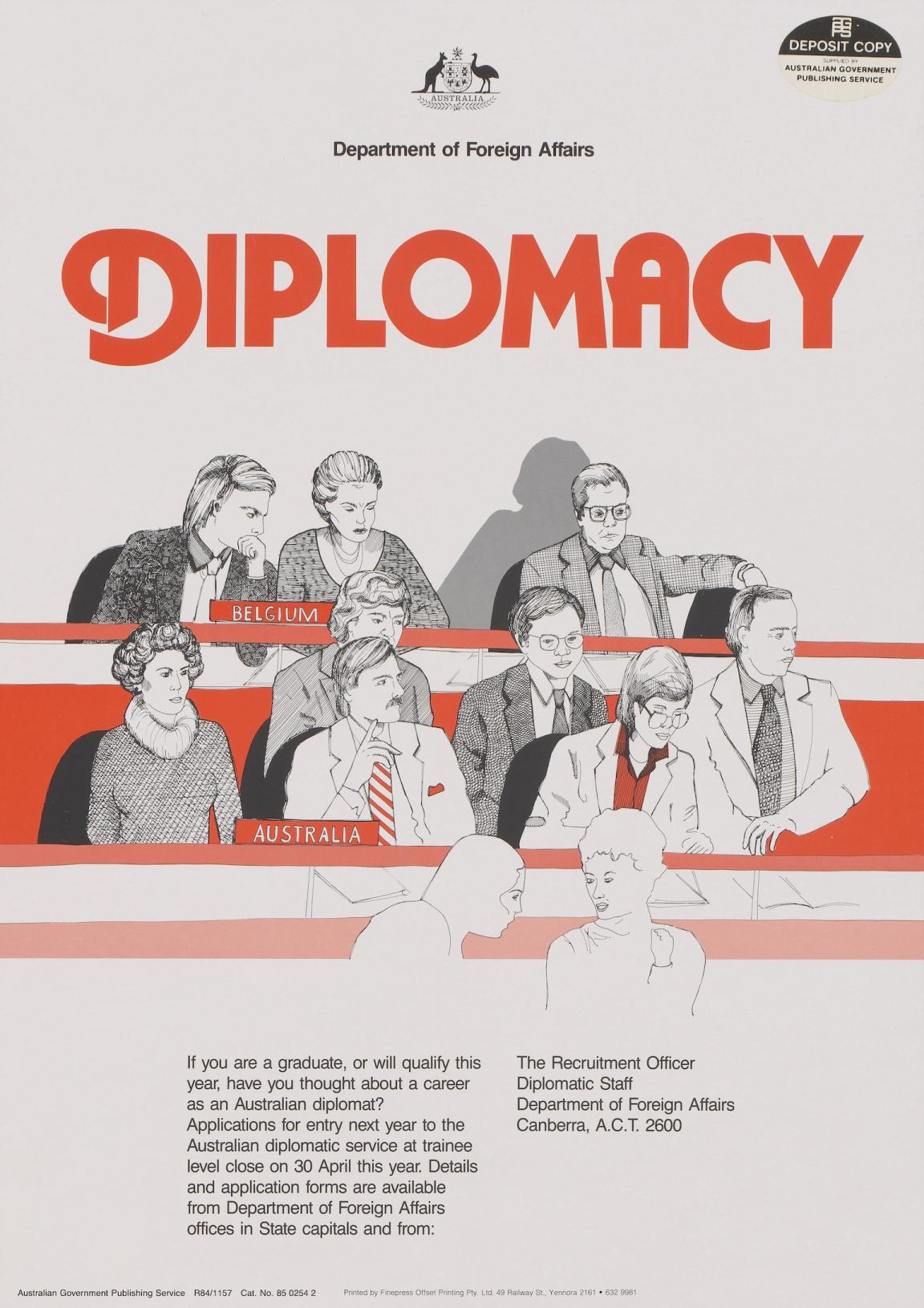
Department of Foreign Affairs, Diplomacy, 1984, nla.gov.au/nla.obj-133715662
Department of Foreign Affairs, Diplomacy, 1984, nla.gov.au/nla.obj-133715662
Often portrayed as high-flying government officials waltzing from one cocktail party to the next, diplomats occupy a special place in the public imagination. You may picture men in suits whispering about important foreign policy, the excitement of being posted overseas, or undercover spies. But what actually is diplomacy?
Diplomacy is the main instrument of foreign affairs. It encompasses communication and negotiation between countries in order to maintain friendly relations, and diplomats are the officials entrusted with this work. In Australia, diplomacy has a long history. Aboriginal and Torres Strait Islander diplomatic practices stretch for thousands of years to present day, alongside diplomatic institutions managed by the government.
First Australians trade, advocacy and sovereignty
First Nations Lore, ceremony, culture and connection to country has long provided a grounding for ‘diplomacy’. This includes trade and negotiation domestically within and between communities, as well as with overseas traders, such as the Makassan traders from Indonesia.
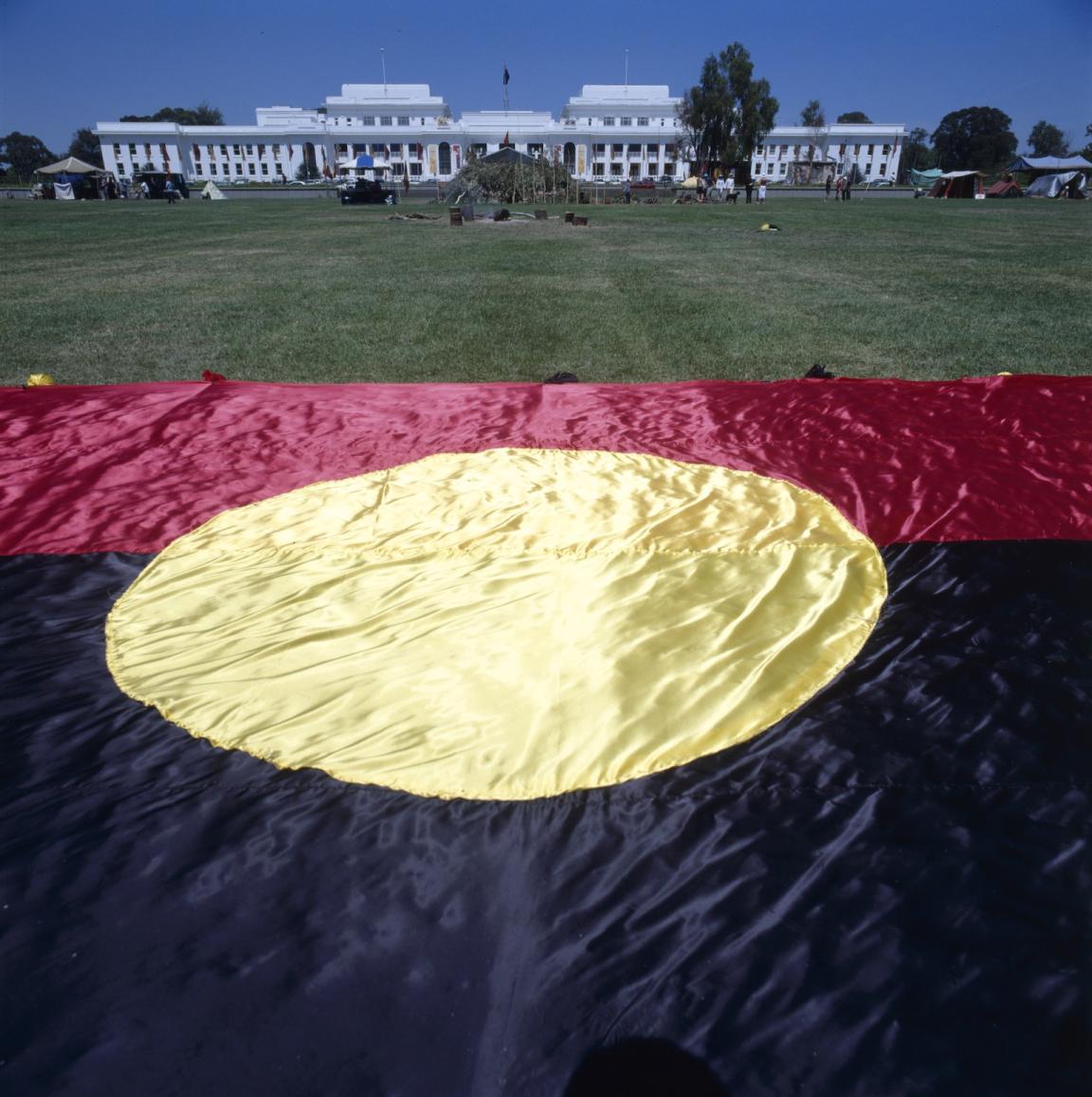
Loui Seselja, [The Aboriginal flag with Old Parliament House in background, on 30th anniversary of Aboriginal Tent Embassy, Canberra, 26 January 2002], nla.gov.au/nla.obj-149953473
Loui Seselja, [The Aboriginal flag with Old Parliament House in background, on 30th anniversary of Aboriginal Tent Embassy, Canberra, 26 January 2002], nla.gov.au/nla.obj-149953473
First Nations advocacy continues in many forms to present day. The first recorded instance of Aboriginal protest at parliament was in 1927, when Wiradjuri elders King Billy and Marvellous walked some 200km to Canberra to raise the issue of sovereignty at the opening of Parliament House.
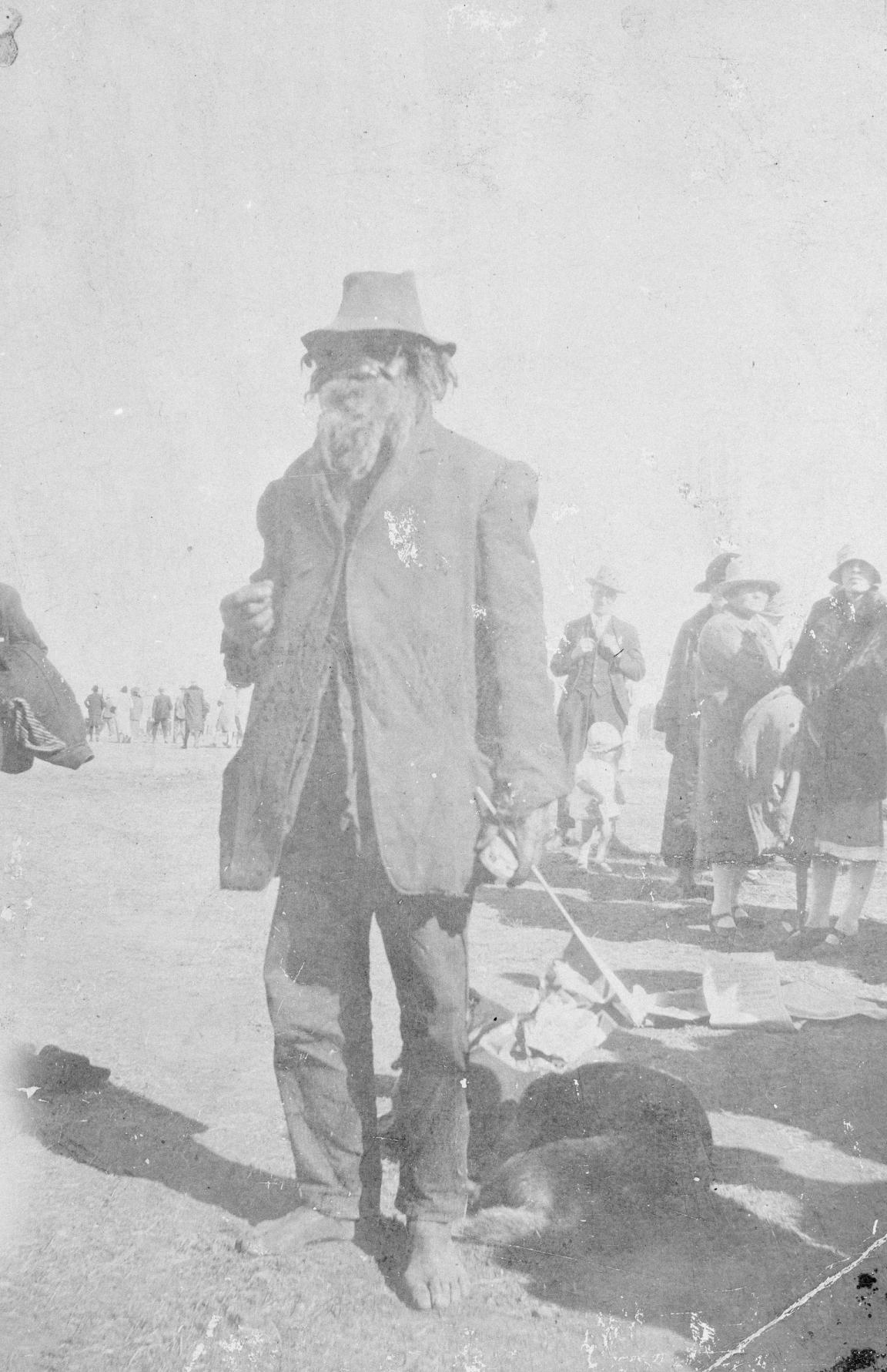
King Billy, Wiradjuri Elder, at the Opening of Parliament House, Canberra, Australian Capital Territory, May, 1927, nla.gov.au/nla.obj-137183463
King Billy, Wiradjuri Elder, at the Opening of Parliament House, Canberra, Australian Capital Territory, May, 1927, nla.gov.au/nla.obj-137183463
Nearly 100 years later the Aboriginal Tent Embassy, initially a Land Rights protest and sovereignty movement, is one way these convictions continue to be voiced. Its origins can be traced back to 26 January 1972 when four Aboriginal men - Michael Anderson, Billy Craigie, Bert Williams and Tony Coorey - travelled to Canberra and put up a beach umbrella on the lawns of Old Parliament House, demanding land rights and compensation. This was in response to Prime Minister McMahon’s announcement the day before that denied the possibility of land rights.
Having an embassy was a strategy to represent First Nations interests to the government while there isn’t a formal seat at the table. Gary Foley remarks in The Aboriginal Tent Embassy that the Tent Embassy drew attention to the idea that First Nations peoples had been treated like 'aliens in their own land', and subjected to racist assimilationist policies by the government.
Now the longest running Indigenous land rights protest in the world, the Tent Embassy continues to advocate for First Nations sovereignty and self-determination.
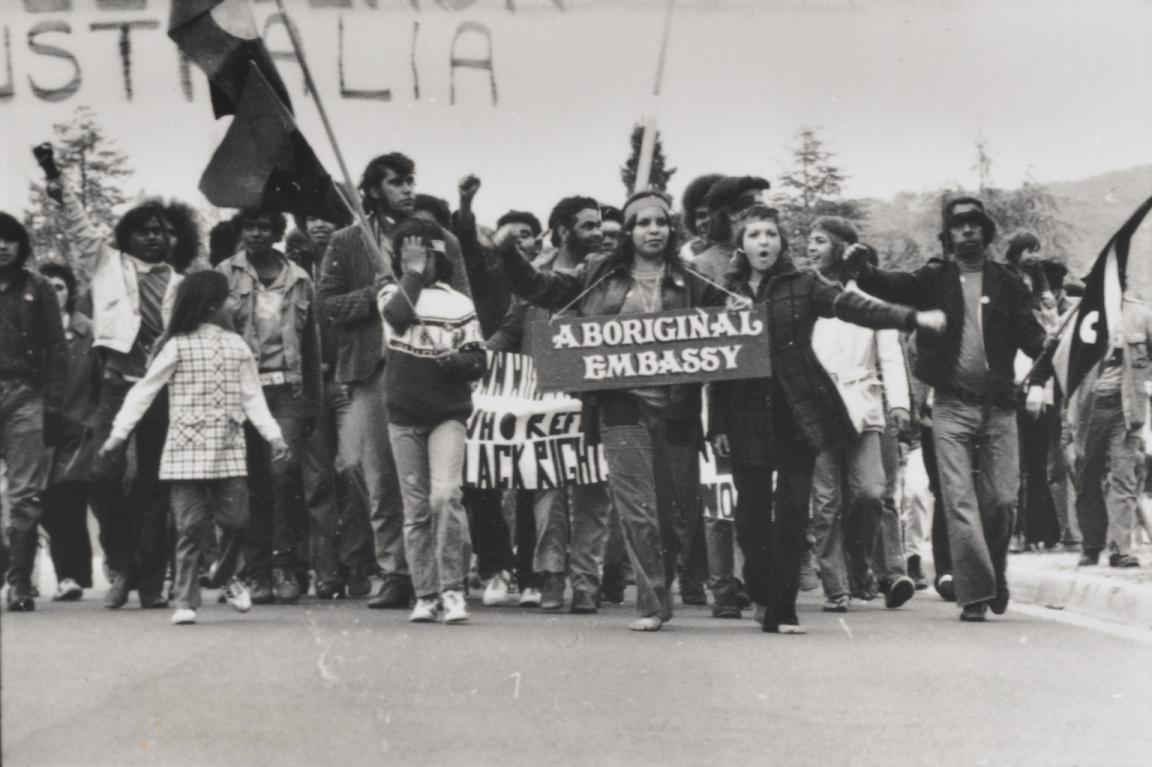
Ken Middleton, [Demonstration with 'Aboriginal Embassy' placard at land rights demonstration, Parliament House, Canberra, 30 July 1972], nla.gov.au/nla.obj-149418064
Ken Middleton, [Demonstration with 'Aboriginal Embassy' placard at land rights demonstration, Parliament House, Canberra, 30 July 1972], nla.gov.au/nla.obj-149418064
The relationship between Australia and the United Kingdom
After colonisation and even after Federation, the Australian government’s interests were pursued through British Empire foreign policy. Reflecting this close relationship, Australia House was opened in 1910 in London. It is Australia’s oldest High Commission and the longest continually occupied diplomatic building in London.
This striking image shows the grand stature of Australia House. On 3 May 1919 Dominion troops from Australia, New Zealand, Canada and South Africa marched through London to celebrate the end of World War One hostilities. It was the first victory march, with another occurring a few months later 21 July 1919.
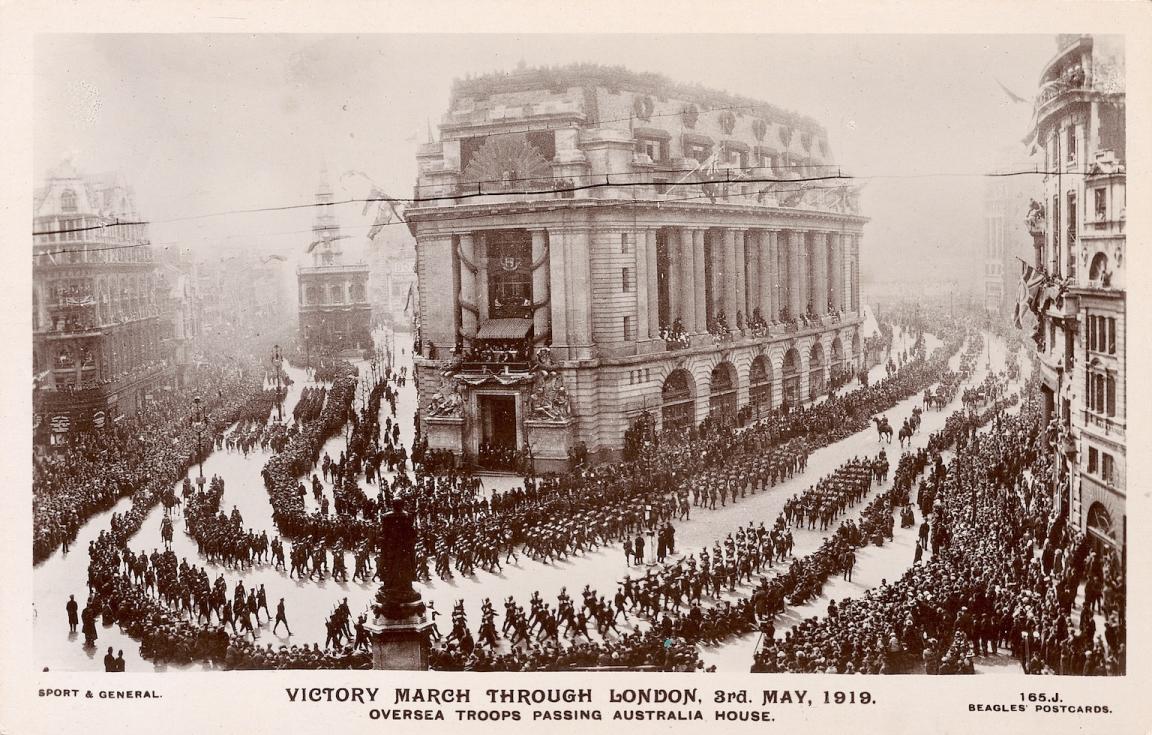
J. Beagles & Co., Overseas troops passing Australia House, 1919, nla.gov.au/nla.obj-147613114
J. Beagles & Co., Overseas troops passing Australia House, 1919, nla.gov.au/nla.obj-147613114
Aside from being a symbol of Australian diplomacy, the High Commission in London provides essential services to Aussies abroad, and even functions as a polling place during elections.
A small collection of images of voters and campaigners was captured outside Australia House, London in 2007.
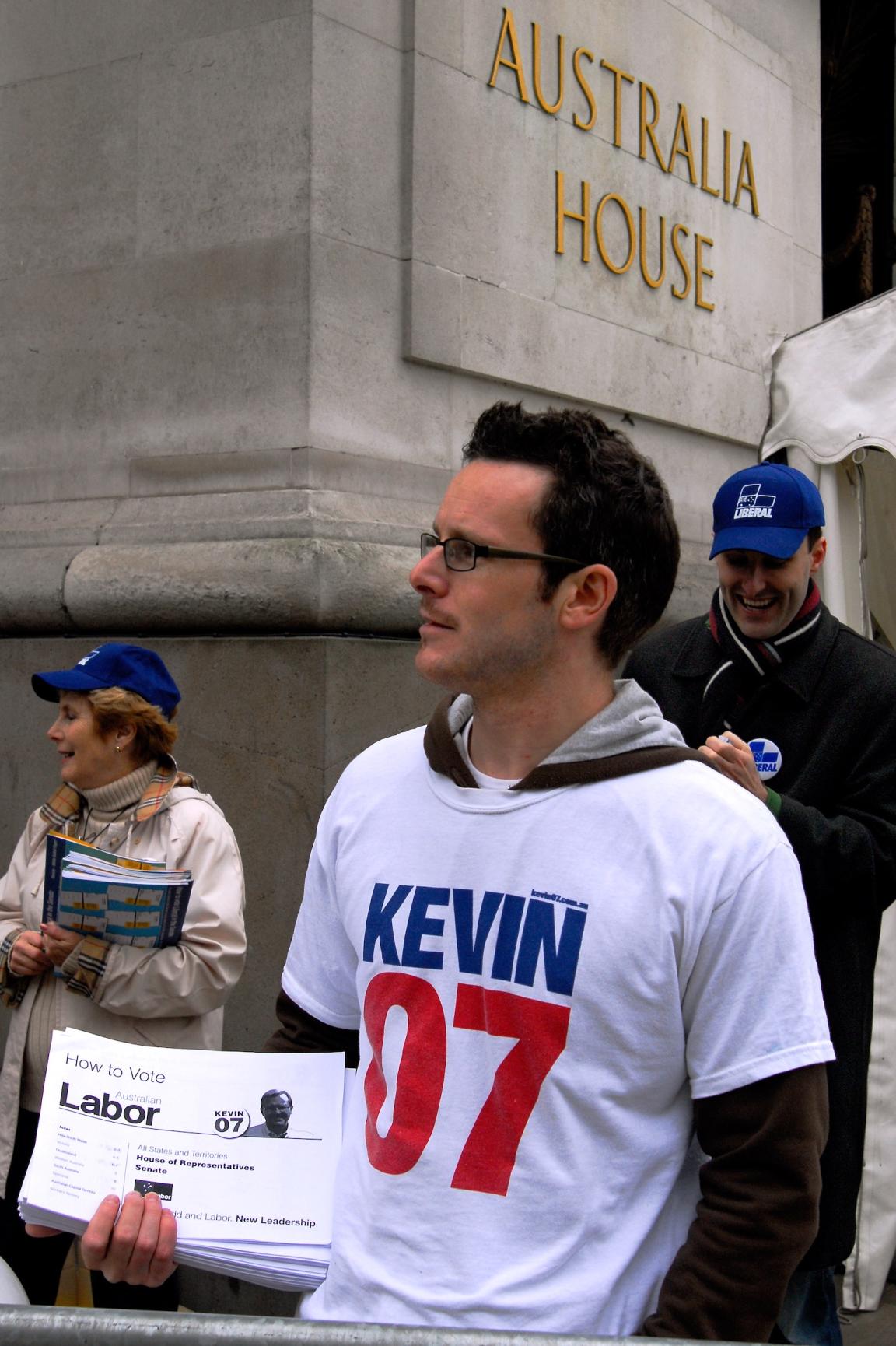
Benjamin Rushton, A Labor party volunteer wearing a 'Kevin 07' t-shirt, handing out campaign material for the Australian elections, London, 2007, nla.gov.au/nla.obj-147907352
Benjamin Rushton, A Labor party volunteer wearing a 'Kevin 07' t-shirt, handing out campaign material for the Australian elections, London, 2007, nla.gov.au/nla.obj-147907352
Diplomacy in the shadow of war
World War II saw Australia take diplomacy and foreign policy into its own hands, marking a new phase of independence from the British Empire. The Department of External Affairs expanded and by 1941 Australia had diplomats or politicians posted in London, Washington, Ottowa, Tokyo, and Chungking (China’s wartime capital).
The Library holds material relating to significant individuals who were part of the historic Australian Legation in Chungking, China, including:
- The papers of Frederic William Eggleston, Minister to China 1941-1944
- An interview with Sir Keith Waller, Second Secretary
- The papers of Charles Lee, the first Chinese-Australian diplomat and Third Secretary
- An interview with Maris King, Eggleston’s secretary, under the Australian diplomacy 1950-1990 oral history project.
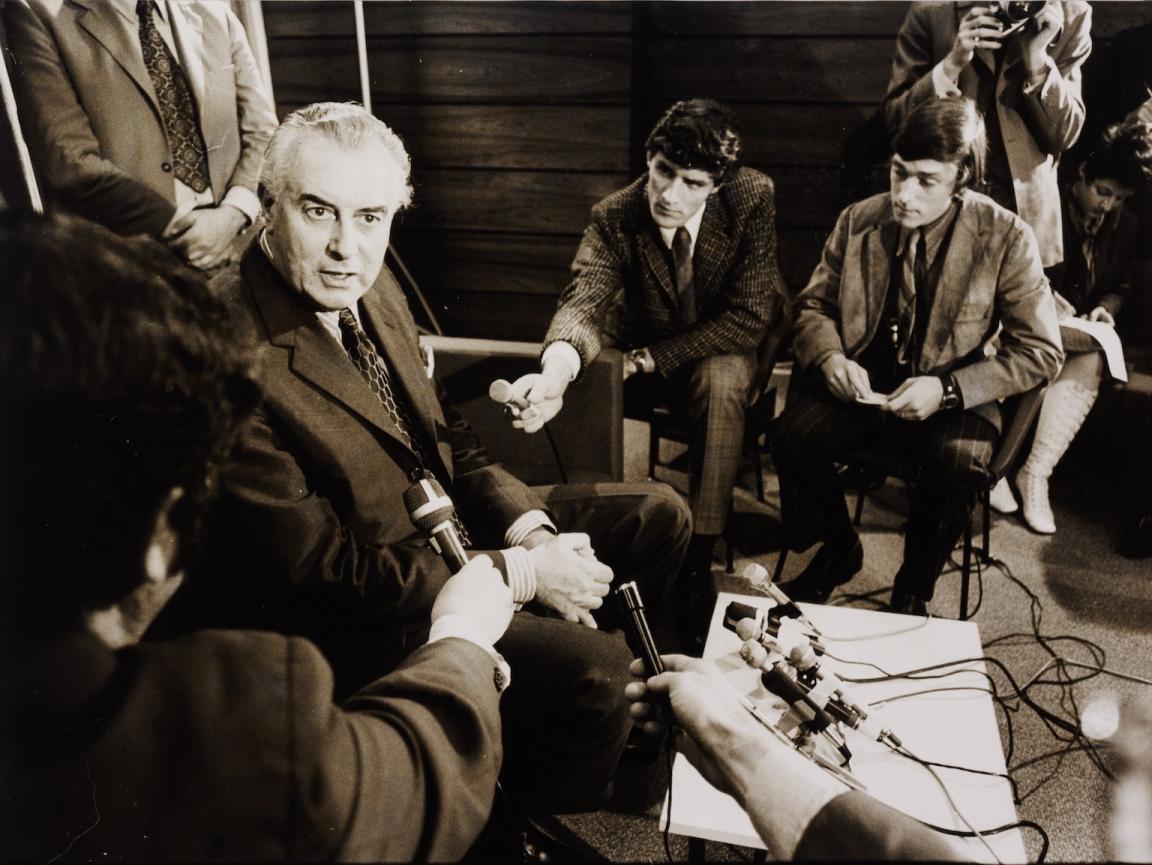
Australian Information Service, [Gough Whitlam speaking to unidentified journalists upon returning from his visit to China, 1971], nla.gov.au/nla.obj-136810121
Australian Information Service, [Gough Whitlam speaking to unidentified journalists upon returning from his visit to China, 1971], nla.gov.au/nla.obj-136810121
Although the Australian Legation in Chungking only lasted until 1949, it was a turning point in Australia-China relations as the two countries banded together in the war. It wasn’t until 1973 that the next Australian Embassy would open in Beijing, following Gough Whitlam’s official recognition of the People’s Republic of China. You can find out more about the Australia-China relationship through our Beyond the Cables - Australian Ambassadors to China oral history project.
Women in foreign service
Even as Australia expanded its horizons, working as a diplomat remained the domain of men. One reason for this was the 'marriage bar', which mandated that a woman in the Australian public service must resign from her job after getting married. The bar was removed in 1966.
It was also difficult for the partners of diplomats, who often had domestic and caring responsibilities alongside unpaid diplomatic duties like arranging receptions, attending events, and upkeeping the embassy.

Loui Seselja, Foreign service women, women working for Australia, Ruth Pearce, Pam Fayle, Lyndall McLean, 1995, nla.gov.au/nla.obj-137265433
Loui Seselja, Foreign service women, women working for Australia, Ruth Pearce, Pam Fayle, Lyndall McLean, 1995, nla.gov.au/nla.obj-137265433
For International Women’s Week in 1995, Lyndall McLean, Ruth Pearce and Stephanie Daly spoke at the National Press Club about their experiences in the foreign service at home and abroad. They reflected that 'in 1985 the number of females recruited as foreign affairs trainees exceeded the number of men for the first time', but that upward mobility and postings remained 'elusive'. Their informative panel was recorded and can be listened to here.
Check out more material about women in diplomacy:
- Not always diplomatic: An Australian woman’s journey through international affairs by Sue Boyd
- Wife and baggage to follow by Rachel Miller
- Oral history interview with Ruth Dobson, Australia’s first female career diplomat
- Erika Feller’s interview in the Trailblazing women and the law oral history project
- Tonia Shand’s interview in the Australian diplomats 1950-2000 collection
- Anna George’s interview in the Australian diplomats 1950-2000 collection
- Jocelyn Chey interviewed for the Australia-China Council oral history project
Kitchen table diplomacy
Food is a staple of diplomatic strategy. Hosting visitors is a sign of hospitality and an opportunity to connect over the uniqueness of each country’s cuisine and culture. Oftentimes a meal will provide the backdrop to important talks and negotiations.
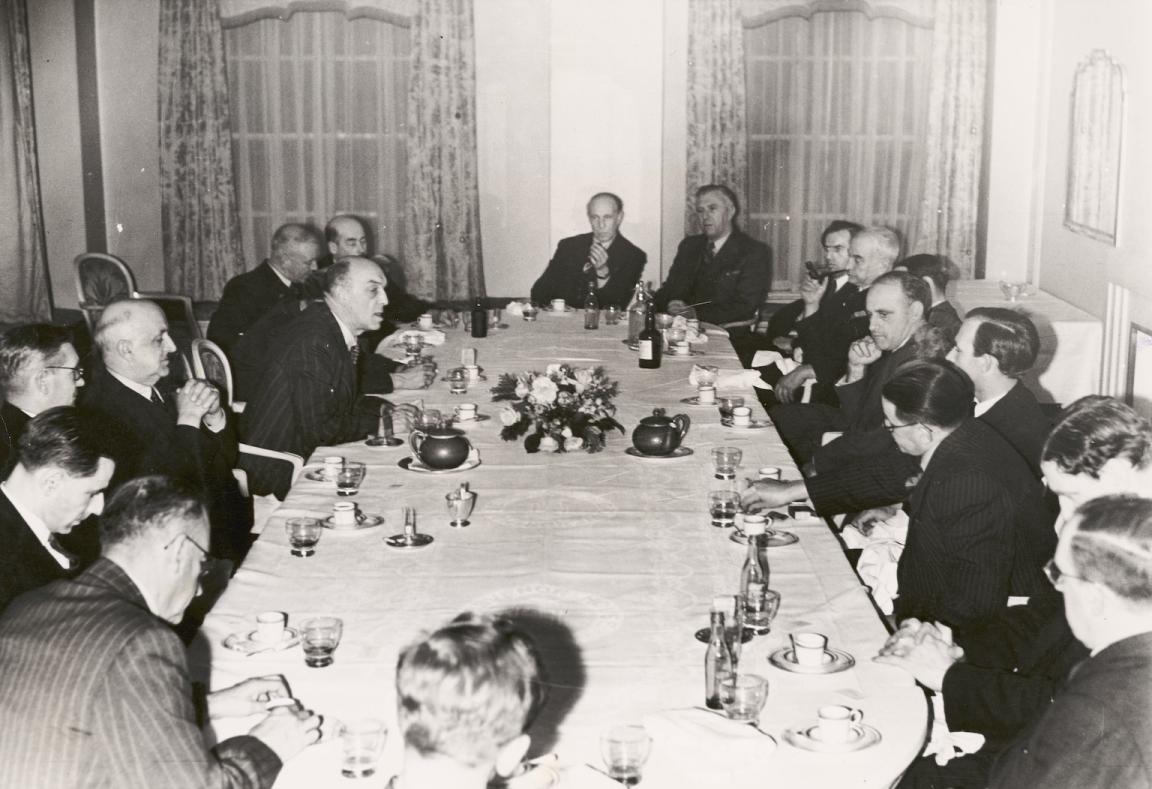
Great Britain. Ministry of Information, Australian and New Zealand parliamentary delegations at a dinner with BBC officials, Grosvenor House, London, England, 1943, nla.gov.au/nla.obj-153502476
Great Britain. Ministry of Information, Australian and New Zealand parliamentary delegations at a dinner with BBC officials, Grosvenor House, London, England, 1943, nla.gov.au/nla.obj-153502476
When I reflect on my career, food features prominently ... it is often while sitting around a shared table that relatioships are formed and key outcomes achieved.
Not all diplomacy is done over state galas or across boardroom tables, though. Sharing a homecooked meal or learning about different cultural foods is a quieter form of diplomacy and an important ‘cornerstone’ of the profession.
A Taste of Diplomacy is a cookbook created by the DFAT Families Network and is available online. It features recipes learnt, gathered, and tested from postings all around the world. Why not recreate one of these delicious recipes in your own kitchen, and enjoy a taste of Australian diplomacy?
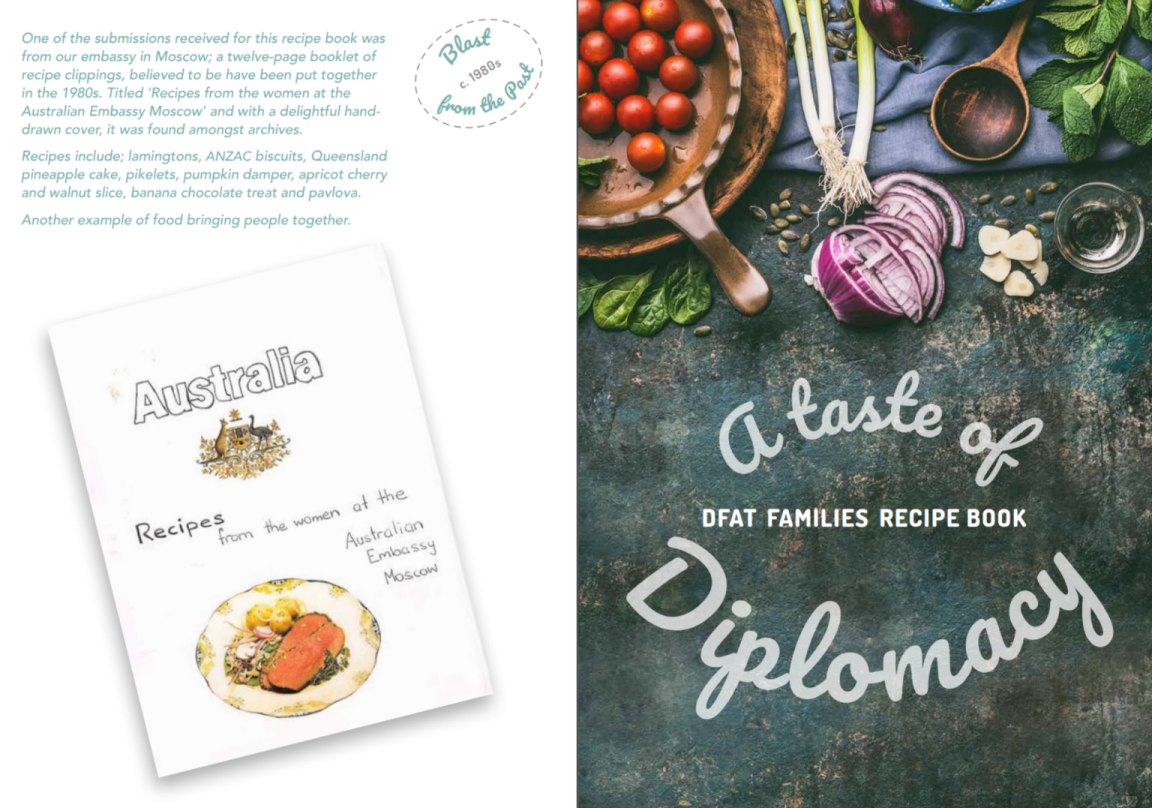
DFAT Families Network, A taste of diplomacy : DFAT families recipe book, 2019, nla.gov.au/nla.cat-vn8550390
DFAT Families Network, A taste of diplomacy : DFAT families recipe book, 2019, nla.gov.au/nla.cat-vn8550390
These are just some of our collection highlights which showcase the history of Australian diplomacy, head to our catalogue to continue your journey. If you need help, pleases Ask a Librarian.

